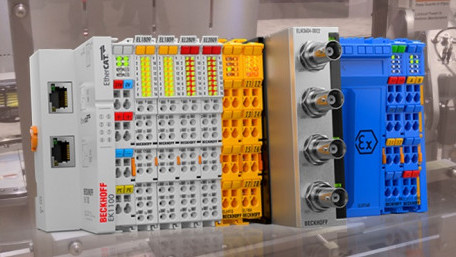
EtherCAT is an often preferred competitor in the arena of industrial networking protocols. Learn the reason why many technologies embrace this protocol and what…
EtherCAT is an often preferred competitor in the arena of industrial networking protocols. Learn the reason why many technologies embrace this protocol and what sets it apart from other fieldbus varieties.
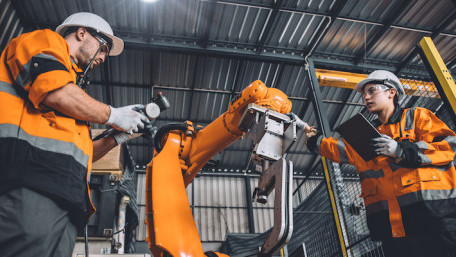
As data becomes available, maintenance can shift from being done on a rigid schedule to a more cost-effective plan of…
As data becomes available, maintenance can shift from being done on a rigid schedule to a more cost-effective plan of fixing as required, even turning attention to the root cause of maintenance woes.
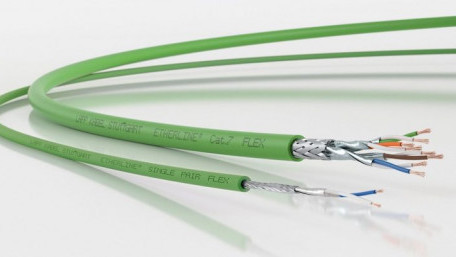
Industrial Ethernet is getting a facelift, but will the industry adopt this new change? Single Pair Ethernet (SPE) offers…
Industrial Ethernet is getting a facelift, but will the industry adopt this new change? Single Pair Ethernet (SPE) offers gigabit speeds with a reduced footprint. When is it used, and where?
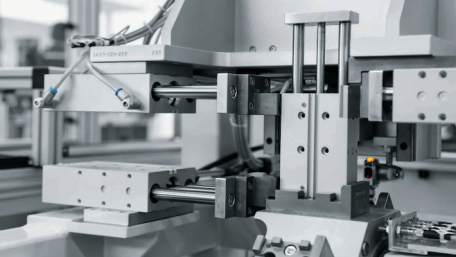
IIoT is a daunting topic due to ambiguous interactions of hardware and software. This article outlines the basic steps to…
IIoT is a daunting topic due to ambiguous interactions of hardware and software. This article outlines the basic steps to use an MQTT broker to collect the number of cycles from a pneumatic cylinder for PM software.
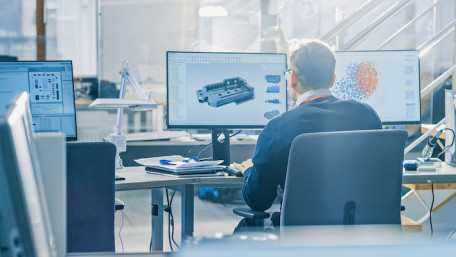
Machine learning is a subset of AI that allows a machine to learn using past data. Learn about the two categories of…
Machine learning is a subset of AI that allows a machine to learn using past data. Learn about the two categories of machine learning as well as four major machine learning models often used in industrial applications.

Memory for data is among the most pressing challenges to Industry 4.0. Given the evolving nature of Industry 4.0 and…
Memory for data is among the most pressing challenges to Industry 4.0. Given the evolving nature of Industry 4.0 and associated memory solutions, however, some memory-based trends are becoming apparent.
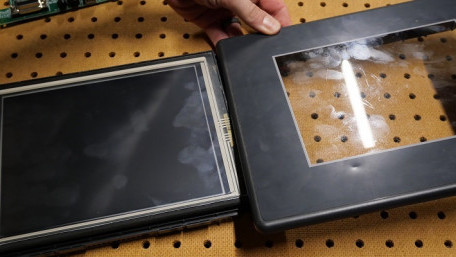
Human-machine interfaces, or HMIs, provide visual process data and allow access to process parameters and diagnostics…
Human-machine interfaces, or HMIs, provide visual process data and allow access to process parameters and diagnostics information. What’s inside these touchscreen displays, and how do they actually work?
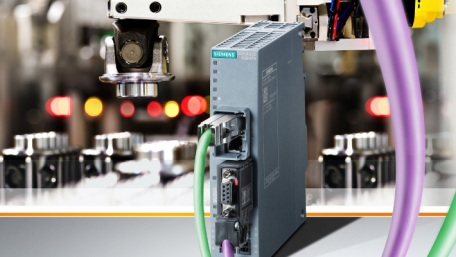
Network routers are designed to route and pass information between a system of connected computers and devices. Learn…
Network routers are designed to route and pass information between a system of connected computers and devices. Learn about the role of routers in industrial applications and how to properly maintain them.
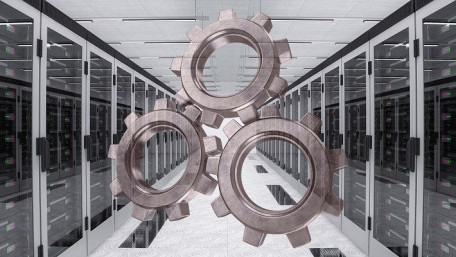
Servers are vital to the flow of information in and around organizations, acting as a hub for information transfer and…
Servers are vital to the flow of information in and around organizations, acting as a hub for information transfer and storage. Learn about the role of servers in industry and the potential challenges that come with maintaining them.
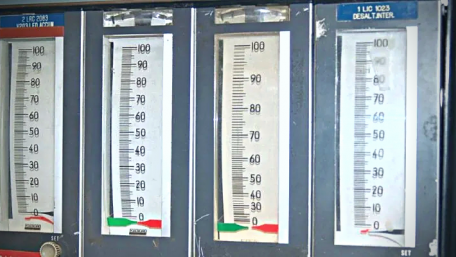
Learn about proportional gain and proportional band, two key proportional control concepts, to better understand the most…
Learn about proportional gain and proportional band, two key proportional control concepts, to better understand the most popular control system method in industrial automation.
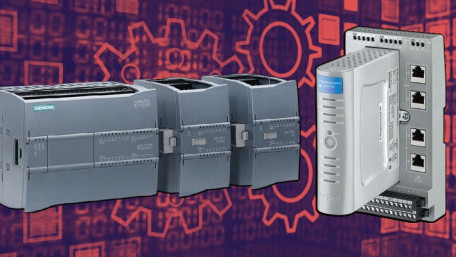
Despite the many overlaps, PLCs and RTUs are two different devices, each with specific suitable applications.
Despite the many overlaps, PLCs and RTUs are two different devices, each with specific suitable applications.
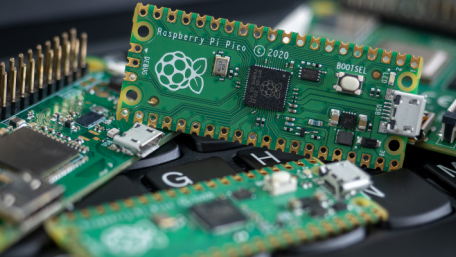
Raspberry Pi is a low-cost, educational single-board computer platform with the potential for industrial applications. In…
Raspberry Pi is a low-cost, educational single-board computer platform with the potential for industrial applications. In this article, we discuss the purpose of Raspberry Pi as well as its hardware and software.
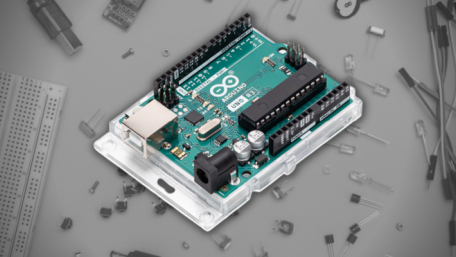
Arduino’s open-source, microcontroller-based platform has revolutionized academic and hobbyist spaces, providing a low…
Arduino’s open-source, microcontroller-based platform has revolutionized academic and hobbyist spaces, providing a low cost, accessible introduction to engineering and programming.
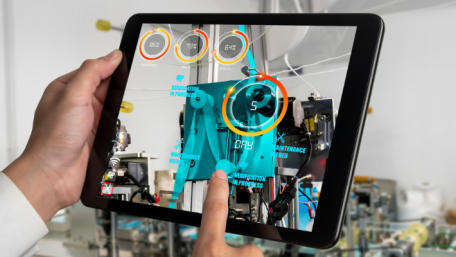
By shaping new concepts and business models, the IIoT is bringing more efficiency and capacity to automated systems. Take…
By shaping new concepts and business models, the IIoT is bringing more efficiency and capacity to automated systems. Take a look at some of the ways the IIoT is revolutionizing the manufacturing and automation sectors.
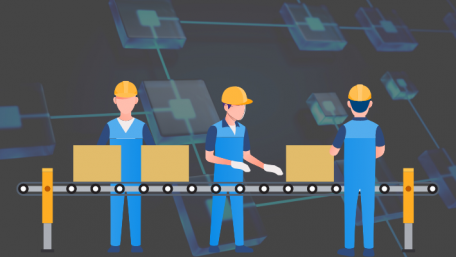
Blockchain is a secure and decentralized system of immutable database records that can be useful in manufacturing, such…
Blockchain is a secure and decentralized system of immutable database records that can be useful in manufacturing, such as with product traceability and logging network activity from IoT industrial devices.
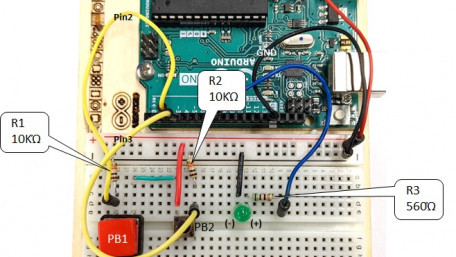
Build a low-cost PLC using the Arduino Uno and the open-source industrial controls software, OpenPLC, to learn how to…
Build a low-cost PLC using the Arduino Uno and the open-source industrial controls software, OpenPLC, to learn how to program with ladder logic, beginning with your first OpenPLC project: Hello World.

As the IIoT continues to grow in the industrial sector, businesses face a number of obstacles to integrating its…
As the IIoT continues to grow in the industrial sector, businesses face a number of obstacles to integrating its solutions. Learn about these challenges as well as some potential solutions.
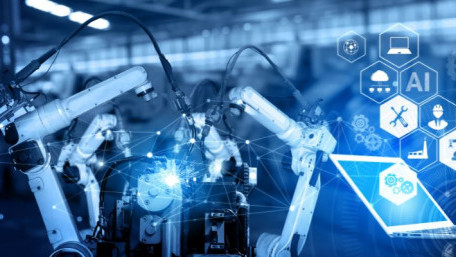
IIoT adoption increases productivity and efficiency while reducing costs in manufacturing. However, such systems often…
IIoT adoption increases productivity and efficiency while reducing costs in manufacturing. However, such systems often open up potential attack surfaces for malicious actors if not secured correctly.
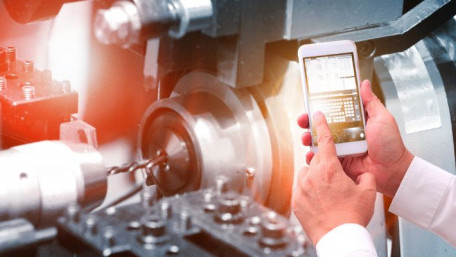
Remote locations are notoriously difficult to supply power, yet they are the exact locations where many data points must…
Remote locations are notoriously difficult to supply power, yet they are the exact locations where many data points must be collected. How can IoT devices be designed to conserve power to last for months or even years?
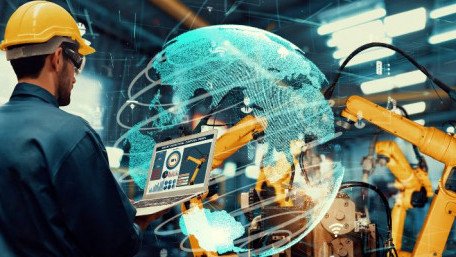
Learn about the four IIoT architecture layers: perception, network, processing, and application, and how these layers…
Learn about the four IIoT architecture layers: perception, network, processing, and application, and how these layers are necessary to implement IIoT in an industrial setting to benefit varying processes.
